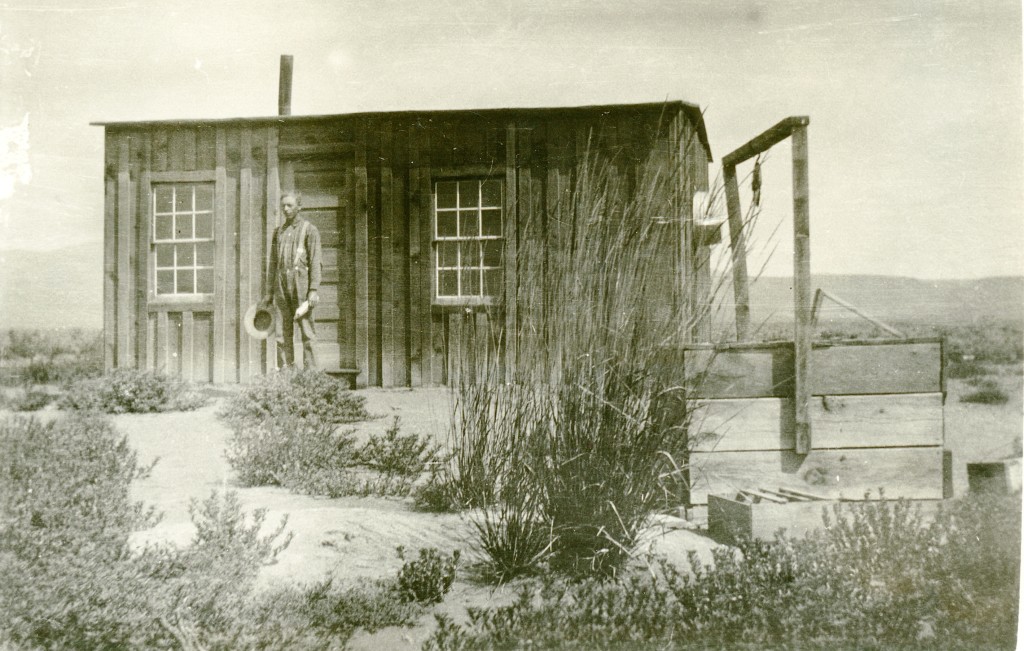
Reclamation of the arid American west is certainly an interesting chapter in the nation’s history. Some of these projects were fraudulent, and others not.
Numerous individuals saw huge potential to reclaim the sagebrush lands of the eastern segment of the Honey Lake Valley. Some of these developers were passionate about their projects and would devote their entire lives and resources in hopes to see it come to fruition, but in many cases the projects never succeeded, for one reason or another. A perfect example was that of Capt. C.A. Merrill who saw the potential of Eagle Lake to reclaim the sagebrush plain of eastern Honey Lake Valley. He began his quest in 1875, and continued until his death 1901. Twenty-two years later, Leon Bly completed Merrill’s dream, only to see it end in dismal failure.
Promotion to entice settlers was a key component as providing an adequate and reliable water supply. When the Nevada-California-Oregon Railroad finally entered the Honey Lake Valley in 1888, it brought awareness of the possibilities. A second wave of publicity occurred during the 1906-1912 era with the construction of Fernley & Lassen and Western Pacific railroads through the region. This also just happened to occur during the dry farming movement, which was successful for a time locally with a string of ten years of higher than normal precipitation.
Of course, people from the eastern United States and Europe, as well, were easily lured with the thought of owning land at bargain prices. People from all walks of life arrived, some like Carl Caudle, a civil engineer, would spent the rest of their lives there and others after a couple years of a hardscrabble existence moved on.
Sometime around 1915, Minnesota resident, Ferdinand Zarbock arrived in the eastern Honey Lake Valley and filed a desert homestead 160 acre claim adjacent to the railroad town of Stacy. He was joined for a brief time by his brother, Fred. In the spring of 1916, it was reported that Ferdinand had received a shipment of seed potatoes from Colorado to plant on his property. At this time, we do not know much about his activities there. In 1917, he did receive a federal land property for the property. However, there was something looming larger on the horizon, that had a major impact on the lives of so many. In 1918, Ferdinand was drafted in World War I. At that time, he deeded over his property to his brother Fred who had returned to Minnesota. After the conclusion of the war, his brother then re-deeded the property back to Ferdinand, who had returned to Minnesota instead of the Honey Lake Valley. This was a common practice for many individuals. Places like eastern Honey Lake Valley and the Madeline Plains were depopulated during the war, and those residents never returned, leaving abandoned homesteads scattered throughout the country. On a bright note for Zarbock, in 1920, he sold his homestead to W.R. Tait for $500. Many were not as fortunate and their abandoned properties were later sold for delinquent taxes.
In a related matter, I highly recommend Sarah Old’s homestead experiences adjacent to the Honey Lake Valley which her memoirs were published in a book entitled Twenty Miles from a Match. In Susanville, you can purchase it at Margie’s Book Nook.
Thank you for including the Zarbock homestead in your blog post. So proud of the Zarbock brothers who were hard workers – a tough lot. The photo of Ferdinand at their cabin was supplied by Pam Zarbock Bell, not the Caudle collection. Would love to hear more about the Caudles since I believe we have some photos of the family. Thanks Tim – you’re a treasure!